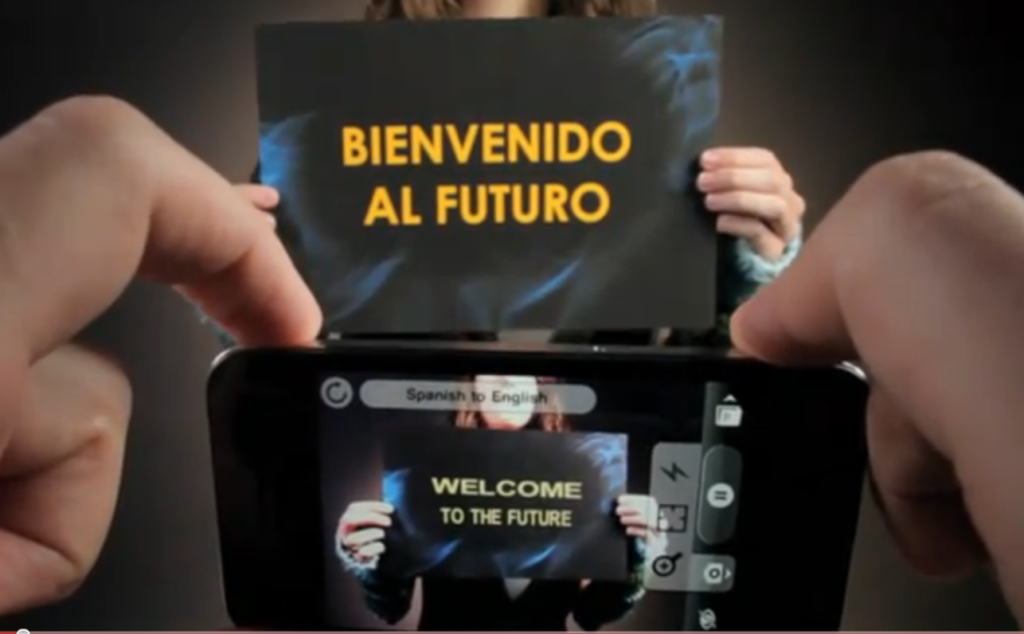by Meghan Lien, David Hinson, and Airan Wright
(Originally published October 16, 2017 at Magenic Technologies)
As people, we have been telling stories visually since our ancestors dwelled in caves. We may live in the real world but we dream beyond it. Virtual Reality (VR) and Augmented Reality (AR) allow us to break out of the “real world” and into something new. Done right these technologies can fundamentally enhance or expand your business capabilities and the experience of your users.
VR (Virtual Reality)
Immersive, computer-generated simulation of a real-life environment or situation.
First Established – 1849, Brewster Stereoscope by Sir Charles Wheatstone
Usage Scenarios:
- Movies
- Gaming
- Simulators
- Modeling
- Education
- Robotics
- Healthcare
- Defense
- Science and Exploration
AR (Augmented Reality)
Computer-generated imagery super-imposed or layered atop our view of the natural world.
First Established – 1968, Head-mounted display system by Ivan Sutherland
Usage Scenarios:
- Entertainment
- Modeling
- Education
- Shopping
- Cooking
- Navigation
- Service
- Defense
- Social Networking
- Finance
THE VR/AR BOOM
It wasn’t until the explosion of smart phones, packing powerful processors, that AR and VR could truly go mainstream. Google Cardboard, Samsung Gear VR, and products like Oculus Rift are now common names in an industry that was in desperate need for adoption. With over 1.2 billion people using smartphones downloading over 11 billion apps, the potential market for these two technologies is staggering. With companies like Apple, Google, Samsung and more staking their claim, it is only a matter of time until AR and VR are a part of our daily lives.

With an emerging market comes altered consumer expectations. About 50% of people believe site experience and technology design have a direct impact on the credibility of a business. Not having AR and VR in a well thought-out and executed fashion might have similar negative impacts on your business. The AR/VR market is new and evolving and involves a larger level of commitment than previous technologies. When considering adding AR or VR to your product portfolio, critical experience considerations must be taken into account.
CONSIDERATIONS
Avoiding Motion Sickness
Motion sickness is the number one fear and anxiety of VR adopters. We have all heard horror stories of people getting physically ill while experiencing these technologies. Fortunately, there are development strategies for avoiding this unpleasant side effect. Though are many considerations to be aware of, here are the main points to remember:
Optimization: Minimize latency by running code at a frame rate equal to or greater than the display refresh rate.
Movement: For head-tracking and viewpoint, displays should respond to a user’s movements at all times without exception. Allow the user to initiate accelerations to maintain control while avoiding having the user swivel their eyes to see the UI. In general, viewing environments from a stationary position is more comfortable than a moving one.
Configuration: Default settings to the lowest possible intensity and allow the user to configure them for his/her comfort level. Anchor items like menus and other interface elements to objects inside the virtual world; avoid having them more than 2-3 feet away from the user.
Designing for Augmented Reality
Where most VR users must contend with motion/simulator sickness, AR users do not. Therefore, only a handful of best practices carry over into AR. Those that do carry over include:
- UI’s should be a 3D part of the virtual world and sit approximately 2-3 feet away.
- Ideally, the UI should fit inside the middle 3rd of the user’s viewing area.
- Integrate interface elements as intuitive and immersive parts of the 3D world.
- Use caution for UI elements that move or scale with head movements.
- Draw cursors at the same depth as the object it targets.
The Three Points of Engagement
Multi-Sensory Engagement: Getting customers involved in learning about and using products in a way that is active. Engaging their senses is an effective way of capturing their attention.
Intellectual Engagement: Sharing relevant and useful information with customers so that they have a meaningful experience with your products and services.
Emotional Connections: Data has shown and continues to show that the emotional connection people feel to a product or service is every bit as important as the logical case for people to engage.
WHERE DO YOU GO NEXT?
Just recently at Apple’s World-Wide Developers Conference, a large emphasis was placed on AR with the launch of Apple’s AR Kit, a suite of tools that allow developers to create apps for millions of iPhones and iPads all over the world. With AR-capable hardware already in the hands of consumers and the support of companies like Apple and Google, AR is here to stay and about to fundamentally alter the way we experience the world around us.
Think of your business and the possibilities…
Smart Form Entry: With technology like augmented reality, things like complicated forms could become much easier to navigate. Users could simply hold their smart phones above the form, scan it using the camera and automatically fill in fields based on information the user has stored in the device. You could also have virtual assistants that show up on screen to walk users through forms and fields providing context and assistance when the user needs it most.
Paperless Inspections: For industries that rely heavily on quality control, AR could be a game changer. Instead of logging information on paper or other traditional means, a user could simply scan the widget they are inspecting which could then bring up a virtual representation of that object with instructions on all the things that need to be inspected. Any relevant data could be logged through the device with supporting documentation and be made available instantly to any relevant stakeholder.
Engaging with your Environment: We’re already seeing AR play a growing role in tourism and education. Powerful overlays on the user’s device offer rich information like video, audio and other powerful interactive data. Live translation and geo-tagging allow travelers to tear down the traditional barriers of communication. These experiences are no longer linear and allow the user to engage with the content that interests them most.

CLOSING THOUGHTS
In 2017, companies that aren’t using technologies like augmented reality are putting themselves at risk of losing customers and market share to businesses that do. People are always seeking new ways to make connections with the world around them and AR/VR are incredible opportunities for you to change the way you connect with your audience and build your business. Contact your friendly experts at Magenic today and start a conversation that can change the way you do business forever.
—
